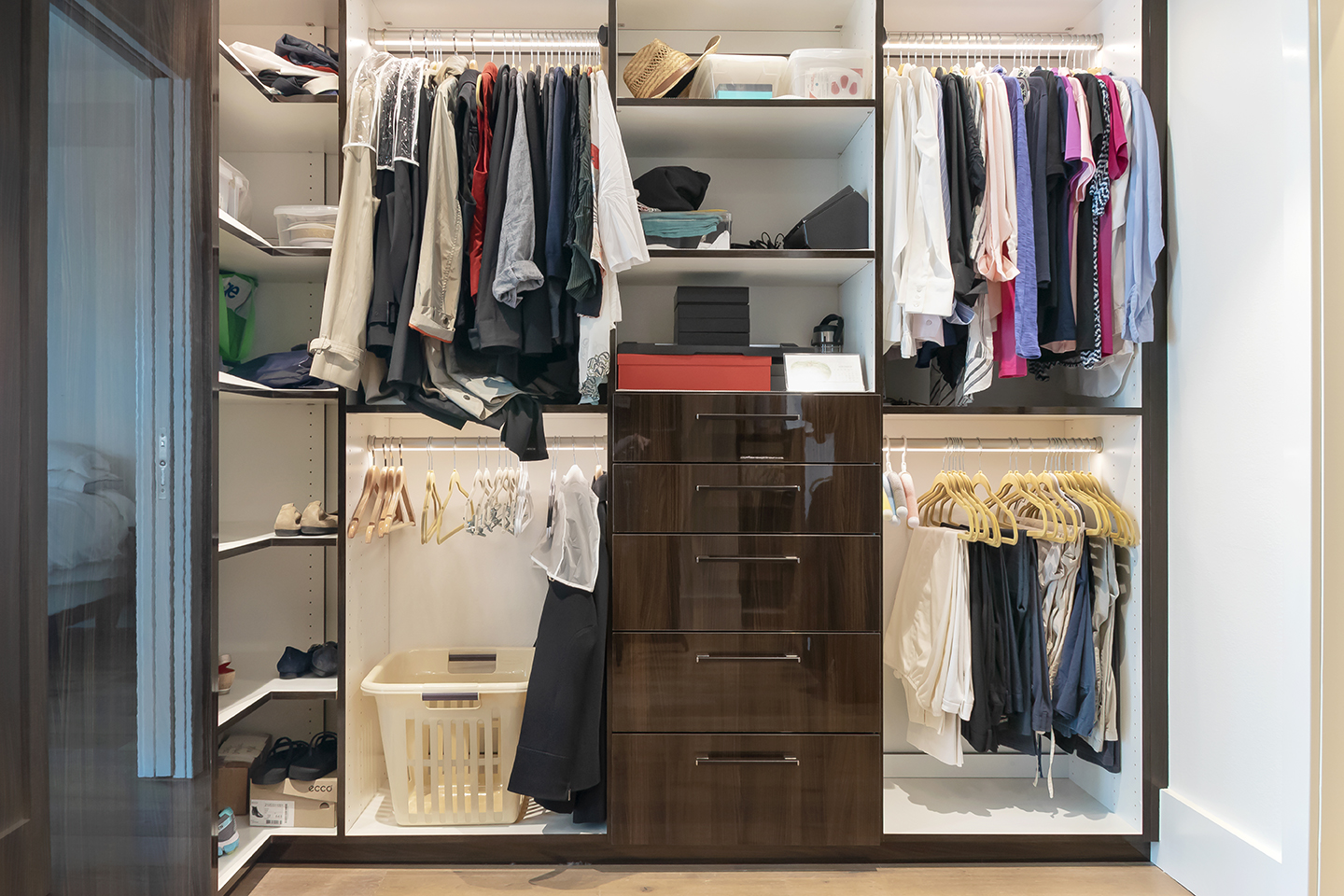In Layman’s terms, edge banding is a thin material used to seal the exposed and raw edges of plywood. Heat sensitive adhesive on one side is applied to the board while the other side acts as a barrier against dirt and moisture. Edgebanding is mainly done to cover plywood sides in order to match a cabinet’s finished look, but it also protects the inner plywood from possibly warping. Edge Banding is available in variety of materials, but there are two categories that are most commonly used : PVC and Veneer.

PVC edge banding is most popular when using Pressure Laminated and Melamine Cabinets. With modern European cabinetry on the rise, it is not uncommon to see cabinets with glossy or colorful finishes. PVC (polyvinyl chloride) Edge banding is made from thermoplastic resin and is known to be both flexible and durable. Pigments and other materials are added to create seemingly endless options of edge banding colors, textures and woodgrains. You are almost guaranteed to find a match once your laminate is chosen!
Veneer Edge banding is made from actual slices of wood that have been pre-sanded and layered together. Veneer Edge banding is available in both finished and unfinished depending on whether a plywood is going to be painted or stained. This edge banding is most commonly used to make a board seem like a solid piece of wood (but at a fraction of the price).
Edge banding is also available in a variety of thicknesses. For cabinets in low-use areas, such as a home office, 0.5mm edge banding is used in order to be cost effective while still being durable. For high-use areas, like kitchens and bathrooms, 1mm thick edge banding is recommended to better protect your cabinets from frequent use. 3mm edge banding is used for commercial jobs, where strength and longevity are a must.
While most people like to make their edge banding match the finish it’s being applied to, some like to mix it up by using contrasting materials.
